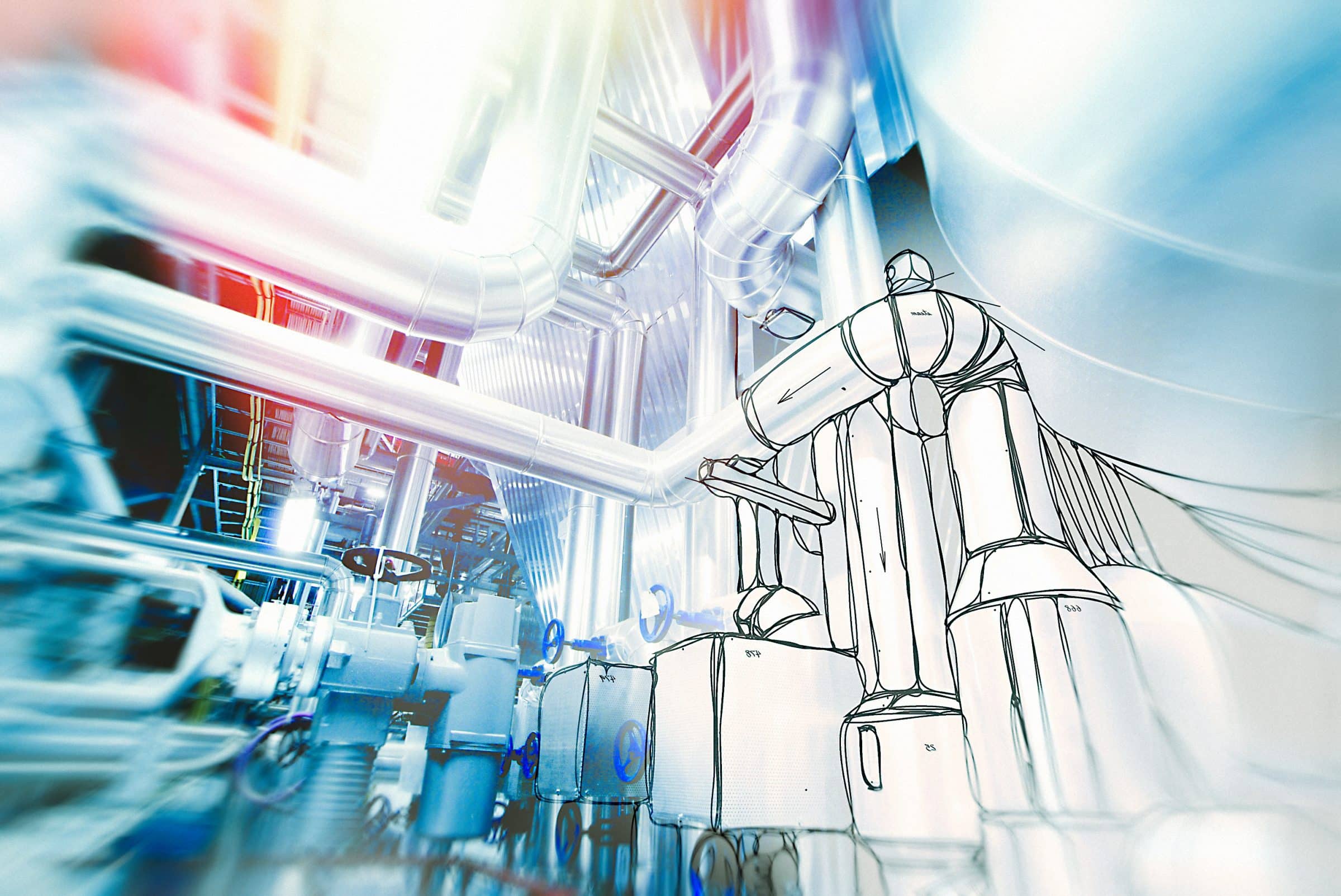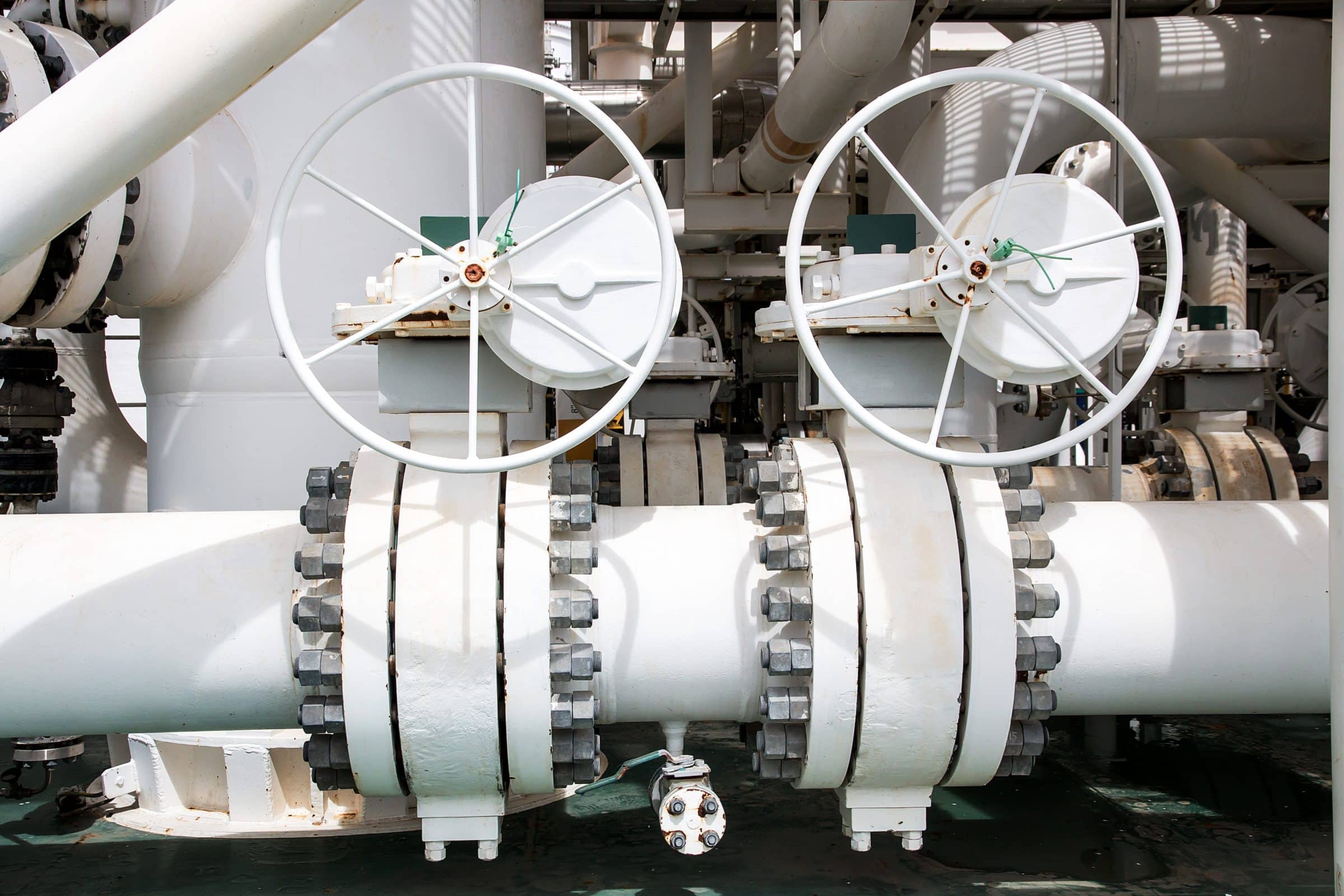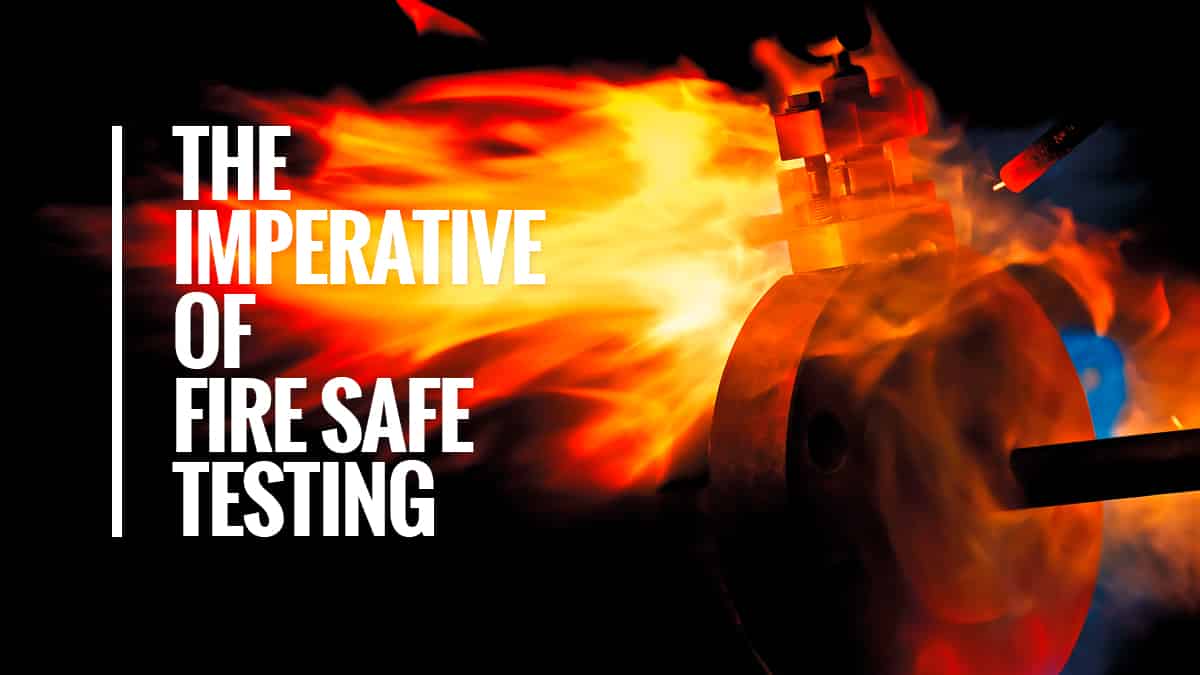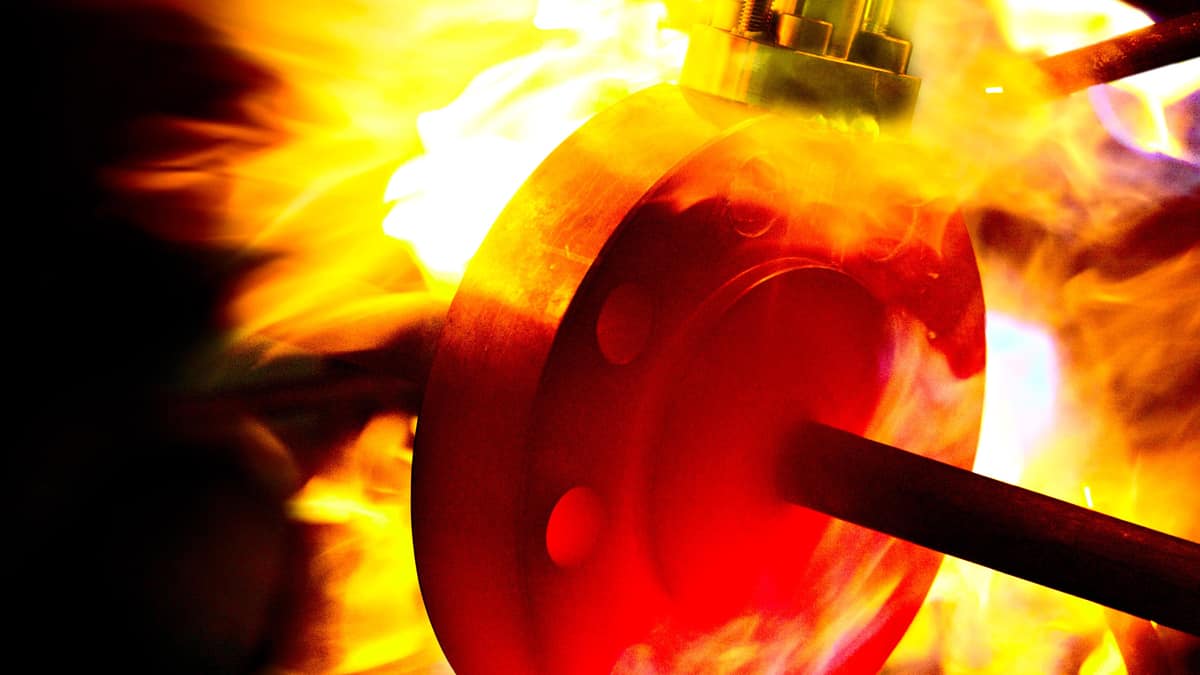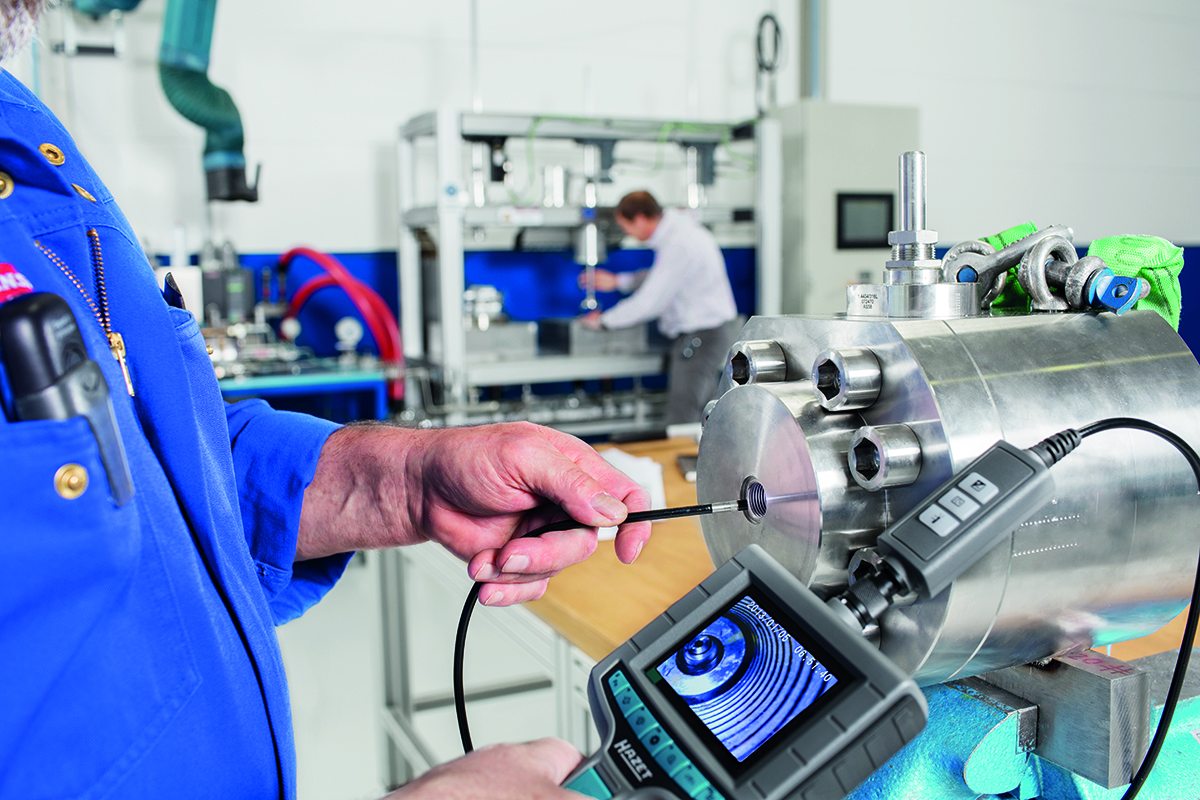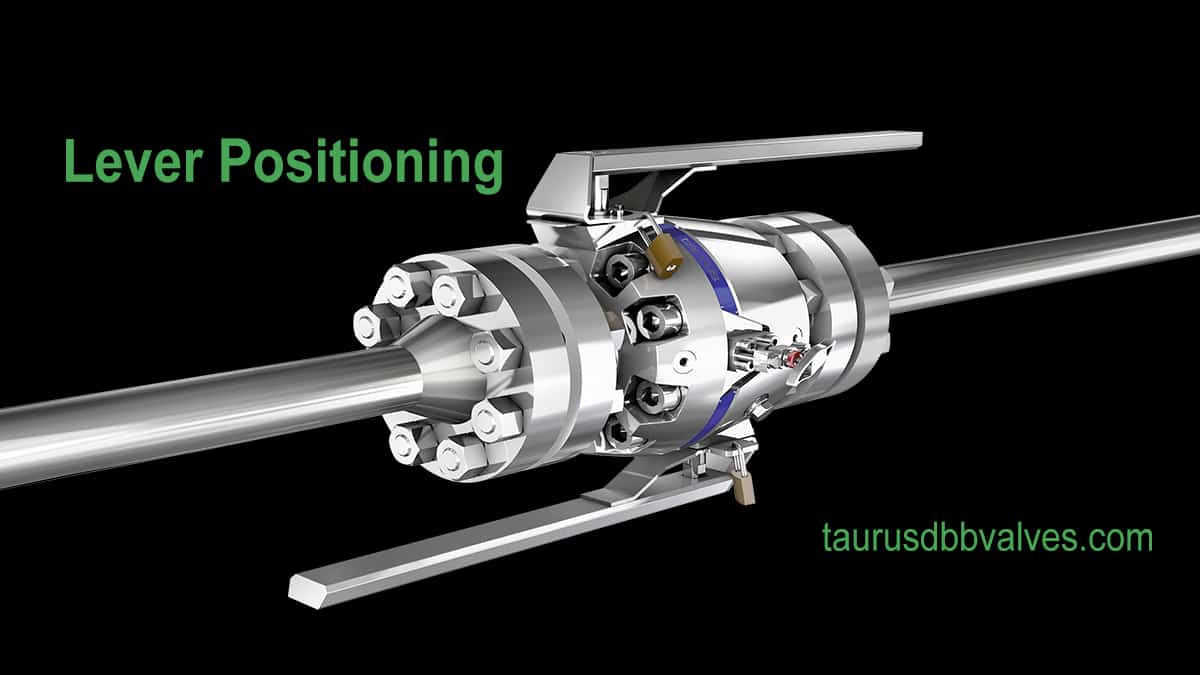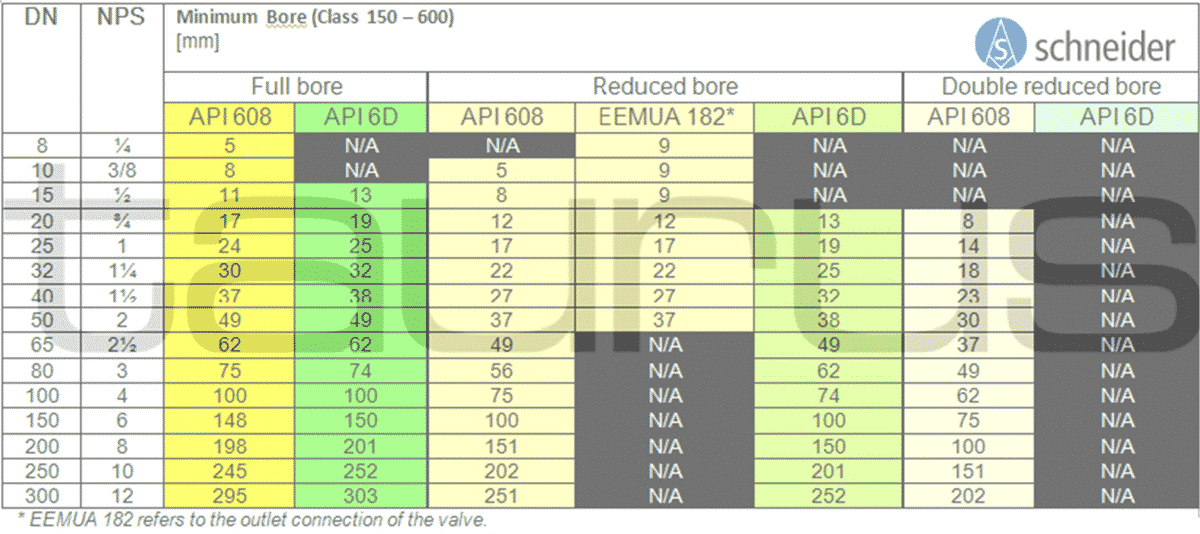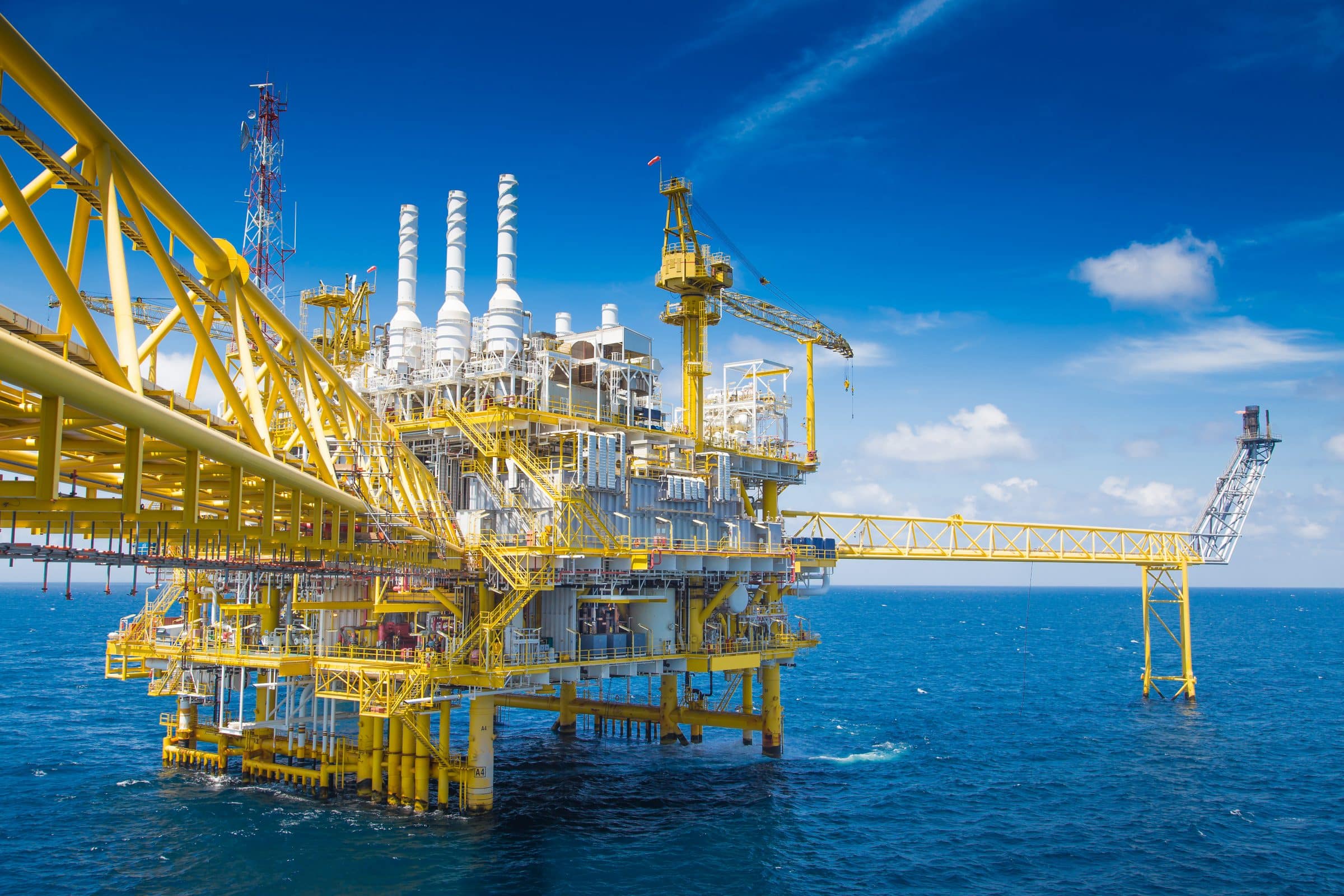Valve customization is adapting to customers’ needs in regards to changing body materials, port connections, testing requirements, and various combinations of different assembly types. Being open to different design ideas, and accepting the challenge the customer set forth. As a valve manufacturer we strive to impress our customers with our many years of experience in building valves. Every day we continue to receive new design request from our customers for complex requirements. Since we have over 140 years in customizing valves experience, our customer can trust that we are experts in the industry.
Continue readingThe Advantantage of using a compact DBB Valve
In the Oil/Gas industry, although it has become very common, the use of a compact Double Block & Bleed (DBB) valve for pressure energy isolation is still not applied or adopted across the board. I have experienced a few times wherein the use of a DBB valve for process isolation is more of an option rather than a design requirement.
Continue readingThe Imperative of Fire Safe Testing!
I often hear people saying “Metal seated valves with graphite sealing don’t need to be fire safe tested, as all the components are fire resistant”.
To be honest, starting my career as a valve engineer, I was convinced, that this common understanding is true – until I did fire safe tests on my own for our Monoflange Series, many years ago. Even after this long period of time I remember very well, when we did the pre-tests. I looked very surprised, when the valve seat was leaking during the firing of the valve.
Important Facts about Fire Safe Standards
Reliable fire protection is essential for industrial valves in industries with sensitive applications. Because of the dangers that come within installations in the oil and gas, chemical, and petrochemical industries, the valves used must guarantee a reliable and safe shut-off in case of fire.
Continue readingDBB Valves: Floating vs. Trunnion Ball Design
The higher the pressure, the more the sealing elements are pressed together – and the higher are the forces on the ball and the seat.
This would not be a big problem, if the valve has not to be operated like a check valve. But a ball valve has to be operable, even under high differential pressure.
When high forces are acting on the sealing elements, the friction between them is high. This means that the operation torque and the wear on the parts are also high.
The most important facts of an own Valve Test Center
When I think back 20 years, I nearly cannot imagine how we were able to provide such high quality valves without the means of testing them in such an extensive way like we do this today.
I remember very well the time, when I started at AS-Schneider as a design engineer. Fire Safe Approvals and Fugitive Emission Testing (TA-Luft) had to be done outside the company on a third party test rig. There was no chance to do a pre-testing and it was always very exciting when the third party like TÜV was witnessing the tests. Well, most of the approvals were passed successfully, but I also remember some Type approvals were we failed at the first stage. The disappointment was great and we lost time with the re-design and the second try.
Today we are very glad to operate our TechCenter with 2 Fire Safe test rigs, a fully automated valve test bench, a climate chamber, etc. Once we started our TechCenter, it was so exciting for us to learn what our valves are able to withstand and where they have their limits.
Continue readingHow the position of levers can influence the usability of DBB Valves
Several Ball Valve basic designs are common and therefore a lot of different solutions are available on the market. Especially the position / orientation of the levers have an enormous influence on the usability of the valve, when used in horizontal installations. The following pictures are showing two different options.
Continue readingWhat does Full Bore stand for?
There has always been a lot of confusion and misunderstanding when it comes to Full Bore and Reduced Bore terminology. Let me try to explain some interesting facts. For example, DBB Valves are developed mainly for the use in the Oil and Gas sector. In this industry, the relevant design standards are ….
Continue readingDBB Valves in severe service applications
Having worked on many projects in the past, it seemed that many piping engineers tend to stereotype the term “severe service” on their valve requirements.
In a given process or system, only few can be considered as such, but they are the ones that pose the greatest design challenge. Each type of valve (and there are many of them) has several parameters to consider.
Continue readingHow tight is your Valve Seat?
When people ask me, how tight our valve seats are, I usually get an increased heart rate and I most would like to say “Oh yes, they are very tight”.
But fun aside ….
Please note that I’m not talking about external tightness (stem sealing and body sealing), as there are already several accepted standards like ISO 15848-1, API 622, API 624, etc. which describe the evaluating of the valve design with respect to fugitive emissions. Those standards where driven by the legal environmental requirements and do not consider the internal tightness of the valve.
When talking about valves seat tightness, we have to differ between just a maximum leak rate of a production test and a seat performance test.
Continue reading

